H. J. Eichler, B. Eppich, J. Fischer, R. Güther, G. G. Gurzadyan, A. Hermerschmidt, A. Laubereau, V. A. Lopota, O. Mehl, C. R. Vidal, H. Weber, B. Wende9783540443797, 3-540-44379-7
In the recent decades the laser beam source matured to a universal tool common to scientific research as well as to industrial use. Today a technical goal is the generation of optical power towards shorter wavelengths, shorter pulses and higher power for application in science and industry. Tailoring the optical energy in wavelength, space and time is a requirement for the investigation of laser-induced processes, i.e. excitation, non-linear amplification, storage of optical energy, etc. According to the actual trends in laser research and development, Vol. VIII/1 is split into three parts: Vol. VIII/1A with its two subvolumes 1A1 and 1A2 covers laser fundamentals, Vol. VIII/1B deals with laser systems and Vol. VIII/1C gives an overview on laser applications.
Table of contents :
Title Pages……Page 1
Contributors……Page 3
Preface……Page 5
Contents……Page 7
1.1.1 The laser oscillator……Page 13
1.1.2.1 Maxwell’s equations……Page 15
1.1.2.2 Homogeneous, isotropic, linear dielectrics……Page 16
1.1.2.2.1 The plane wave……Page 17
1.1.2.2.2 The spherical wave……Page 18
1.1.2.2.4 The SVE-approximation for diffraction……Page 19
1.1.2.3 Propagation in doped media……Page 20
1.1.3.1 The two-level system……Page 21
1.1.3.2.1 Inversion density and polarization……Page 22
1.1.3.2.2 The interaction with a monochromatic field……Page 24
1.1.3.3.1.2 Interaction with the host material……Page 25
1.1.3.3.2 Decay time T2 of the polarization (entropy relaxation)……Page 26
1.1.4.1 Inversion density and polarization……Page 27
1.1.4.3 Strong-signal solutions……Page 29
1.1.5.1 Rate equations……Page 30
1.1.5.2 Thermodynamic considerations……Page 31
1.1.5.3 Pumping schemes and complete rate equations……Page 32
1.1.5.3.1 The three-level system……Page 33
1.1.5.3.2 The four-level system……Page 34
1.1.5.4 Adiabatic pulse amplification……Page 35
1.1.6 Line shape and line broadening……Page 36
1.1.6.1.3 Normalization of line shapes……Page 37
1.1.6.2.3 Collision or pressure broadening……Page 38
1.1.6.3.1 Homogeneous broadening……Page 39
1.1.6.3.2 Inhomogeneous broadening……Page 40
1.1.7 Coherent interaction……Page 41
1.1.7.1 The Feynman representation of interaction……Page 42
1.1.7.2 Constant local electric field……Page 43
1.1.7.3 Propagation of resonant coherent pulses……Page 44
1.1.7.3.1.1 2 pi-pulse in a loss-free medium……Page 45
1.1.7.3.1.2 pi-pulse in an amplifying medium……Page 46
1.1.8 Notations……Page 47
References for 1.1……Page 50
2.1.2 Definition of radiometric quantities……Page 53
2.1.3.1 Primary standards……Page 55
2.1.3.2 Secondary standards……Page 56
2.1.4 Outlook – State of the art and trends……Page 58
References for 2.1……Page 59
2.2.2 The Wigner distribution……Page 60
4 Nonlinear optics……Page 0
2.2.3 The second-order moments of the Wigner distribution……Page 62
2.2.4.1 Near field……Page 63
2.2.4.2 Far field……Page 65
2.2.4.3 Phase paraboloid and twist……Page 66
2.2.4.5 Propagation of beam widths and beam propagation ratios……Page 67
2.2.5 Beam classification……Page 68
2.2.5.1 Stigmatic beams……Page 69
2.2.5.2 Simple astigmatic beams……Page 70
2.2.5.4 Pseudo-symmetric beams……Page 71
2.2.5.5 Intrinsic astigmatism and beam conversion……Page 72
2.2.6 Measurement procedures……Page 73
2.2.7.1 Absolute fluctuations……Page 74
2.2.7.3 Effective long-term beam widths……Page 76
References for 2.2……Page 77
3.1.1 Wave equations……Page 78
3.1.2 Polarization……Page 80
3.1.3.1.3 Spherical vector wave……Page 83
3.1.3.2.4.1 Diffraction-free Bessel beams……Page 84
3.1.3.3 Solutions of the slowly varying envelope equation……Page 85
3.1.3.3.1 Gauss-Hermite beams (rectangular symmetry)……Page 86
3.1.3.3.3 Cross-sectional shapes of the Gaussian modes……Page 88
3.1.4 Diffraction……Page 89
3.1.4.2 Scalar diffraction theory……Page 90
3.1.4.4.1 Rectangular aperture with dimensions 2a x 2b……Page 94
3.1.4.4.2 Circular aperture with radius a……Page 95
3.1.4.4.3 Gratings……Page 97
3.1.4.5.1 Fresnel’s diffraction on a slit……Page 98
3.1.4.6 Fourier optics and diffractive optics……Page 99
3.1.5 Optical materials……Page 100
3.1.5.1 Dielectric media……Page 101
3.1.5.3 Dispersion characteristics for short-pulse propagation……Page 102
3.1.5.5 Fresnel’s formulae……Page 103
3.1.5.6.2.2 Internal reflection (n > n’)……Page 106
3.1.5.6.3 Reflection at media with complex refractive index (Case hat{n} = 1 and hat{n}’ = n’ + i k’)……Page 108
3.1.5.7.1 Classification……Page 109
3.1.5.7.2 Birefringence (example: uniaxial crystals)……Page 111
3.1.5.8 Photonic crystals……Page 112
3.1.6.1 Gaussian imaging (paraxial range)……Page 113
3.1.6.1.1 Single spherical interface……Page 114
3.1.6.1.2 Imaging with a thick lens……Page 115
3.1.6.2 Gaussian matrix (ABCD-matrix, ray-transfer matrix) formalism for paraxial optics……Page 116
3.1.6.2.4 General parabolic systems without rotational symmetry……Page 117
3.1.6.2.7 Misalignments……Page 121
3.1.6.3 Lens aberrations……Page 122
3.1.7.2.1.1 Fundamental Mode……Page 125
3.1.7.2.2 General astigmatic beam……Page 128
3.1.7.3.2 Thin lens (fundamental mode)……Page 129
3.1.7.4.1 Two-dimensional propagation……Page 131
3.1.7.5.1 Field distributions in the waist region of Gaussian beams including stops and wave aberrations by optical system……Page 132
3.1.7.5.3 Free-space coupling of Gaussian modes……Page 133
3.1.7.5.4 Laser fiber coupling……Page 134
References for 3.1……Page 136
4.1.1.1.1 Symbols……Page 143
4.1.1.1.3 Crystals……Page 144
4.1.1.2 Historical layout……Page 145
4.1.2.1 Three-wave interactions……Page 146
4.1.2.3 Biaxial crystals……Page 147
4.1.2.4 Effective nonlinearity……Page 149
4.1.2.5.1 General approach……Page 153
4.1.2.5.2 Plane-wave fixed-field approximation……Page 154
4.1.3 Selection of data……Page 156
4.1.4 Harmonic generation (second, third, fourth, fifth, and sixth)……Page 158
4.1.5 Sum frequency generation……Page 169
4.1.6 Difference frequency generation……Page 174
4.1.7 Optical parametric oscillation……Page 178
4.1.8 Picosecond continuum generation……Page 188
References for 4.1……Page 189
4.2.1.1 Linear and nonlinear susceptibilities……Page 207
4.2.1.2 Third-order nonlinear susceptibilities……Page 208
4.2.1.4 Small-signal limit……Page 209
4.2.1.5 Phase-matching condition……Page 210
4.2.2.3 Mixtures of gaseous media……Page 211
References for 4.2……Page 214
4.3.1.1 Spontaneous scattering processes……Page 218
4.3.2.1 Exponential gain by stimulated Stokes scattering……Page 220
4.3.2.2.2 Oscillator setup……Page 221
4.3.2.3.1 Third-order nonlinear susceptibility……Page 222
4.3.2.4 Transient stimulated scattering……Page 223
4.3.3.1 Stimulated Raman scattering (SRS)……Page 224
4.3.3.2 Stimulated Brillouin scattering (SBS) and stimulated thermal Brillouin scattering (STBS)……Page 228
4.3.3.3 Stimulated Rayleigh scattering processes, SRLS, STRS, and SRWS……Page 229
References for 4.3……Page 233
4.4.1 Introduction……Page 235
4.4.3 Phase conjugation by degenerate four-wave mixing……Page 236
4.4.4 Self-pumped phase conjugation……Page 237
4.4.5 Applications of SBS phase conjugation……Page 240
4.4.6 Photorefraction……Page 242
References for 4.4……Page 245
Index.pdf……Page 247

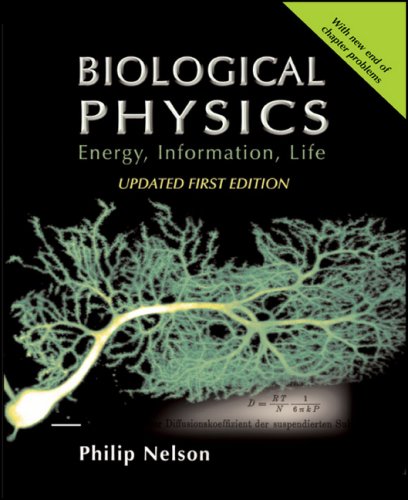
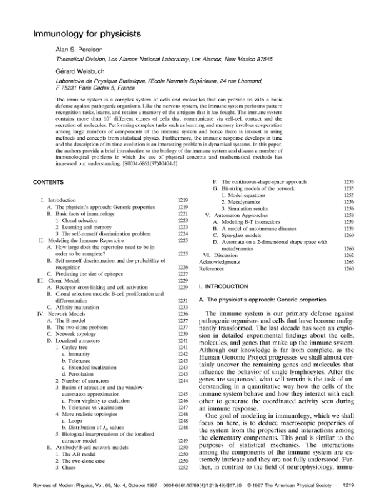
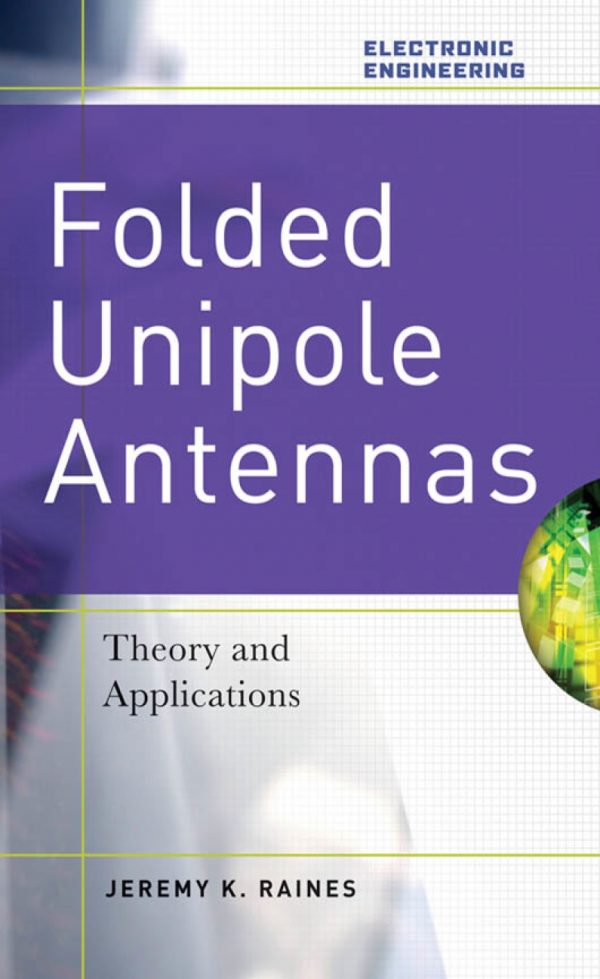
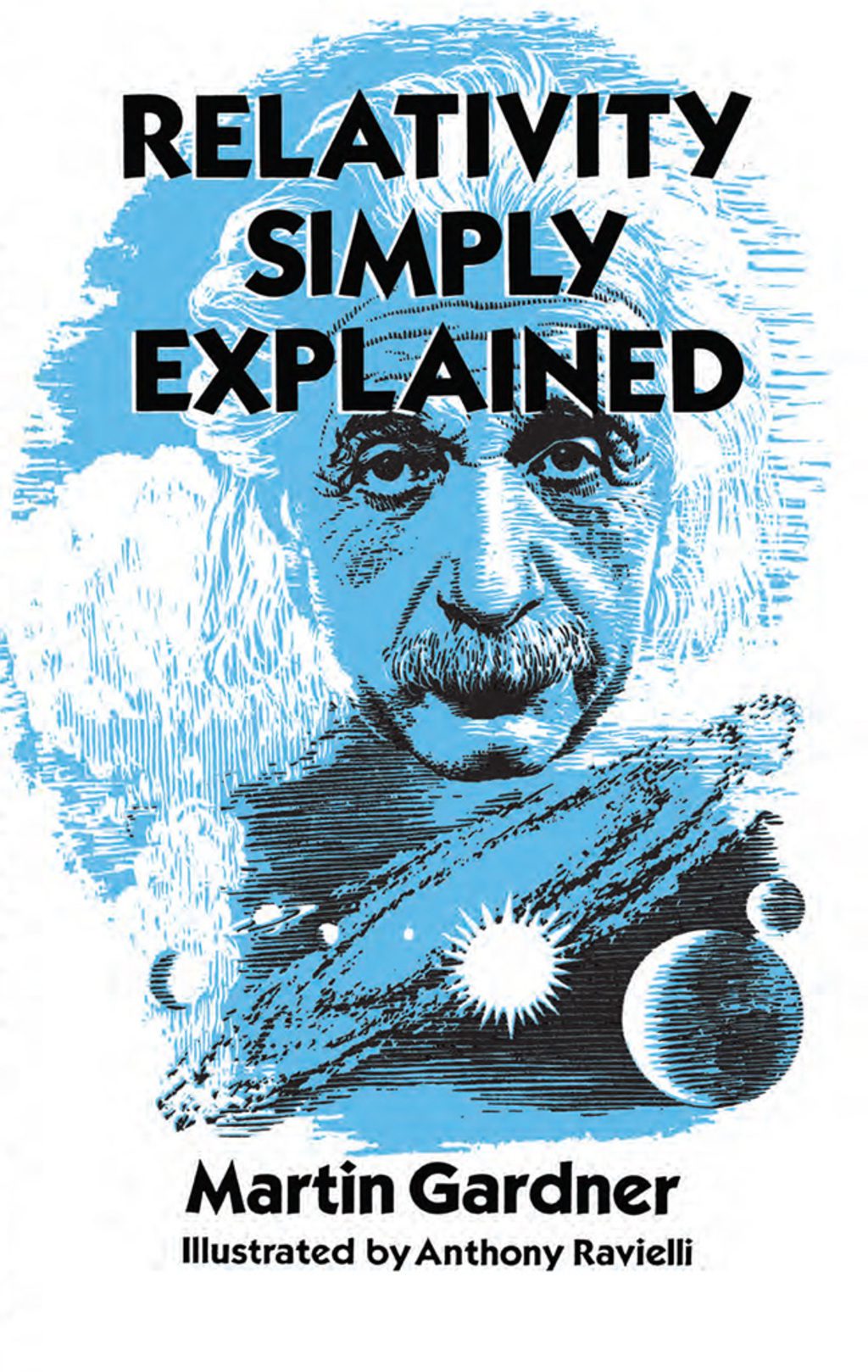
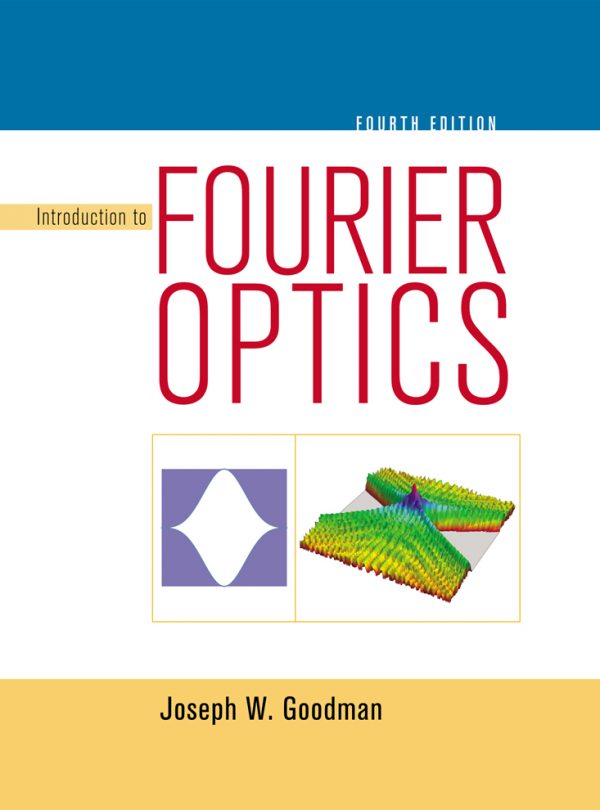
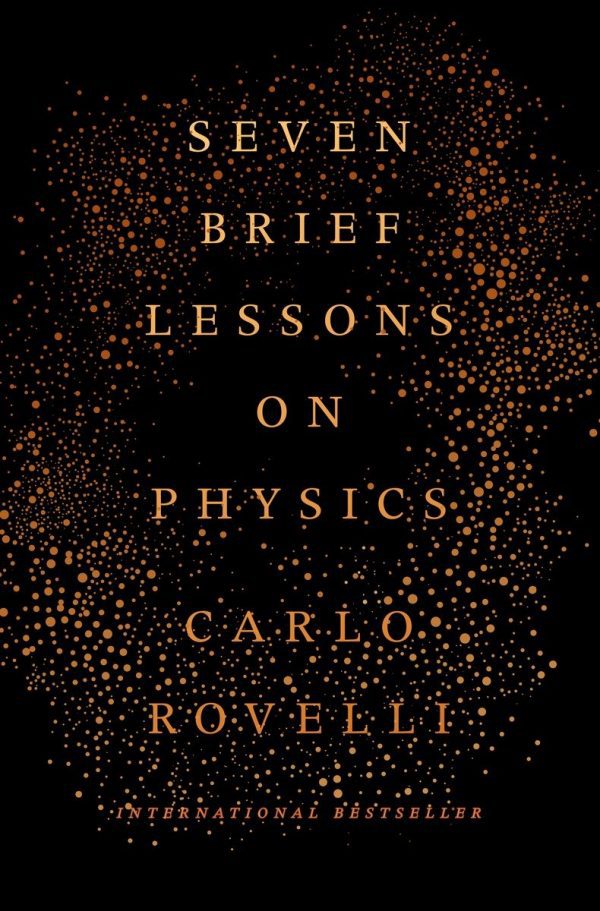
Reviews
There are no reviews yet.